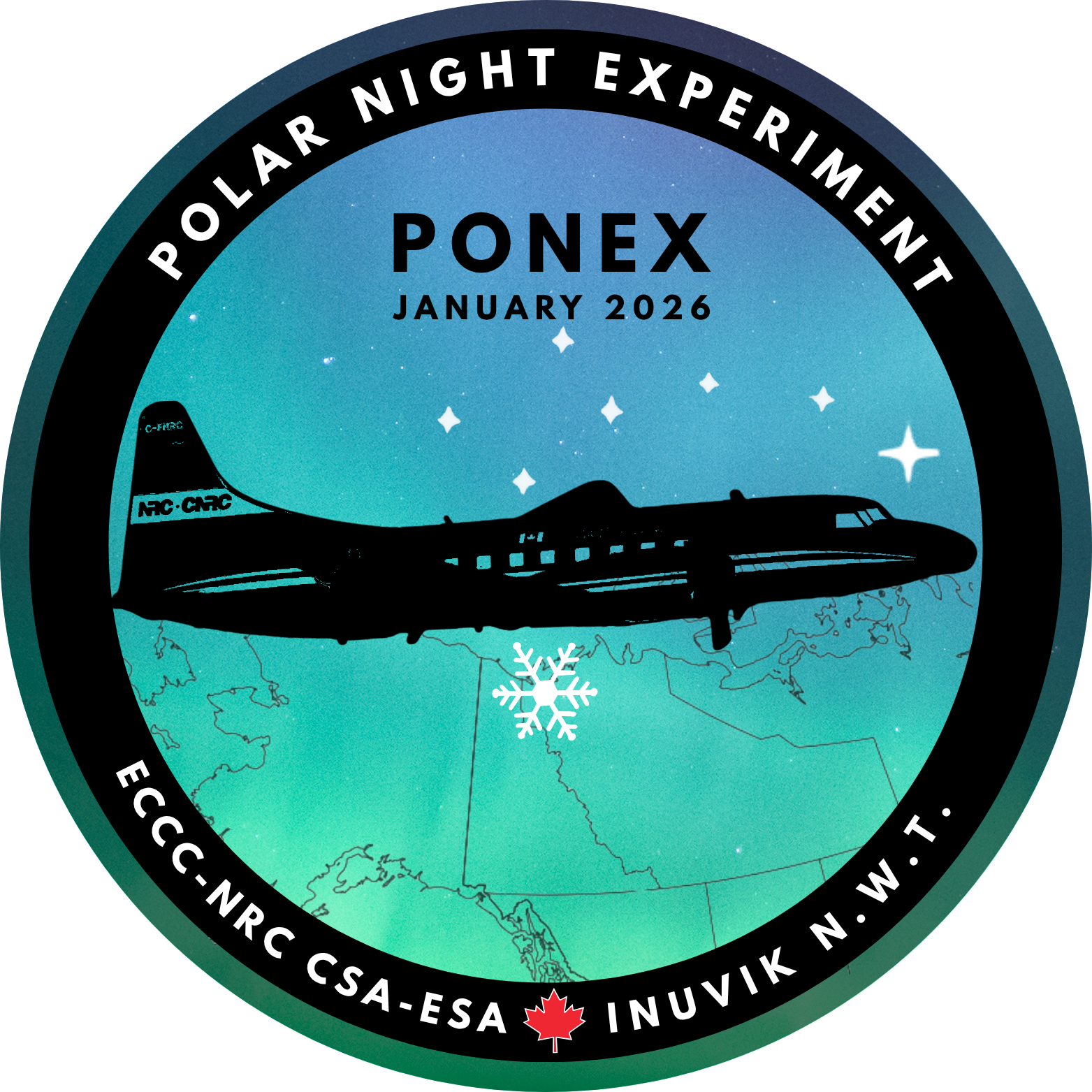NASA Atmosphere Observing System (AOS)
- The Atmospheric Observing System (AOS) is a major NASA satellite mission focused on observing atmospheric aerosols, clouds, convection, and precipitation, and their interactions
- AOS is a comprehensive mission designed to address 2 of the 5 the most pressing Satellite Earth Observation needs identified in the decadal survey

Aligns with:
Current ECCC priorities (science strategy)
- Inform Climate Change Mitigation and Adaptation for a Net-Zero, Resilient Canada
- Enable the Prediction and Projection of Weather, Extreme Events, and Environmental Conditions in a Changing Climate
Climate Science 2050
Canada’s Strategy for Satellite Earth Observation
NASA Atmosphere Observing System (AOS) (circa Feb 2024)
- AOS includes 11 instruments on 6 satellites in two orbits
- The satellites will launch 2031 (AOS-Storm) and 2033 (AOS-Sky)
- AOS has several instrument relevant for ECCC science
- Radars to observe clouds and precipitation
- Lidars to observe aerosols
- Radiometers to observe radiation emitted or reflected by Earth
- Canada contributing 3 instruments and 1 satellite to AOS
- Collectively instruments are called HAWC(High-altitude Aerosols, Water vapour, and Cloud)
- HAWC will augment AOS science by measuring aerosols, water vapour and radiation in the upper-troposphere and stratosphere
- ECCC is a key partner and has been involved since 2018
- Includes several scientists from CRD, MRD and AQRD






